
San Luis Rey Mission
1 Review
Hello everyone! This is a friendly reminder that any of these fun places we may visit, we are a guest at. Please treat both businesses and trails with the utmost respect. We here at Hidden San Diego follow the 'Leave no Trace' mantra, meaning whatever you bring with you comes back with you. If you see trash on a trail, please do your part to help remove it. Remember, we are not picking up trash from another person but instead cleaning up for Mother Nature. Happy adventures!

4050 Mission Ave
Oceanside, CA 92057
33.232237, -117.319714
Phone: (760) 757-3651
Visiting Hours: Daily 10 am-4 pm
Dog-Friendly: No Kid-Friendly: Yes
Admission: Adults- $8 Seniors: $5 // Youth 6-18- $5 5 and Under- Free
Active Military and Dependents- Free
About the San Luis Rey Mission
The Spanish missions in Alta California were a series of 21 religious and military outposts; established by Catholic priests of the Franciscan order between 1769 and 1833, to spread Catholicism among the local Native Americans.
The missions were part of the first major effort by Europeans to colonize the Pacific Coast region, the most northern and western parts of Spain’s North American land claims.

The San Luis Rey Mission was founded in 1798 by padre Fermín Lasuén. The mission was part of the El Camino Real trail which spans between Mission San Diego and Mission San Juan Capistrano.
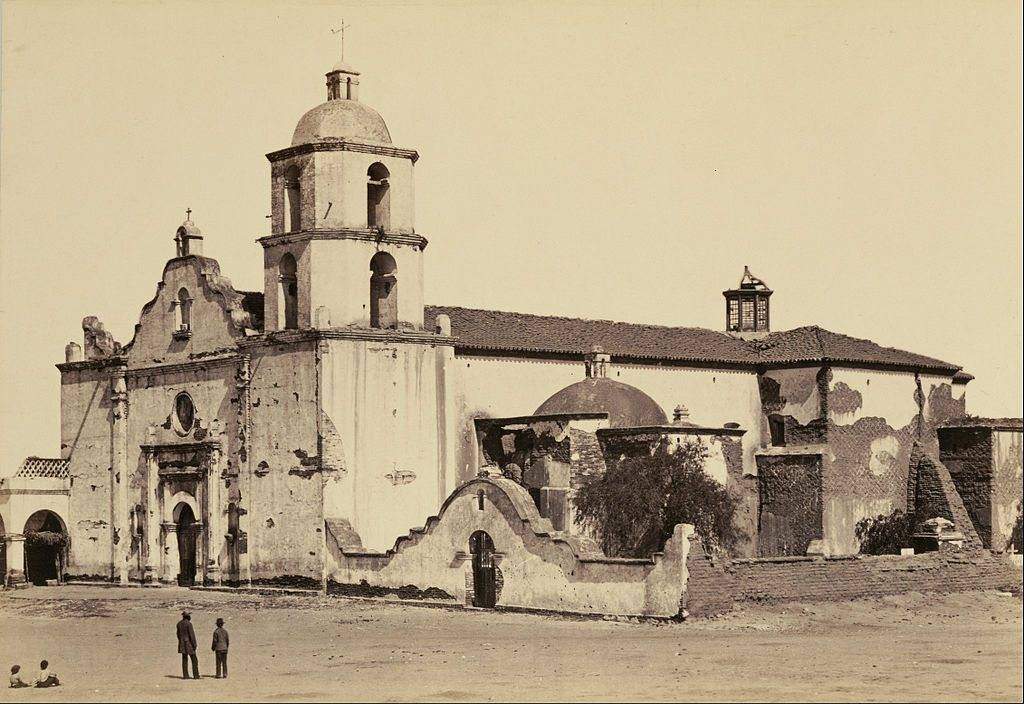
During this period, the missionaries imposed the name San Luiseño on the original inhabitants of the land. The Luiseño’s ancestors tell them that since the beginning of time, their people, the Ataaxam, have always occupied the San Luis Rey Valley.
During the missionary period, the Ataaxam were forced into labor to help build the mission while also contracting European diseases.

There is a book, Life and Customs at Mission San Luis Rey: A Record of California Mission Life by Pablo Tac where Pablo talks about mission life for his people. “In Quechla not long ago there were 5,000 souls, with all their neighboring lands. Through a sickness that came to California, 2,000 souls died, and 3,000 were left.”

The Luiseños were removed from their native land and relocated to reservations to where they were forced into Catholicism. You can learn more about it in our article on Luiseño Antonio Garra and his attempts to rally his people to overthrow the Spanish colonizers.
After the Mexican secularization act of 1833 the Luiseños were freed from mission-system control and returned to their old land which had been previously abandoned.

During the Mexican-American War in Alta California (1846–1847), the Mission was briefly used as a military outpost by the United States Army. After the Native Americans were freed, no religious services were held at the mission for almost 60 years.
In 1893 two Mexican priests were given permission to restore the Mission as a Franciscan college. The mission is still in use today and cared for by the people who belong to the parish.

Directly below the mission are the fenced ruins of barracks which housed soldiers who were garrisoned in the area during the mid-1800s. There is a monument placed at the south end of the site by the Church of Jesus Christ of Latter Day Saints which commemorates a Mormon battalion which served in the area in the late 1840s.

Further south of the barracks is the lavandaria. It was a bathing area for local Natives, and also provided a water system used to irrigate fields and gardens. It is currently a registered archeological survey site.
Finally, within the mission quadrangle is a pepper tree reputed to be the first pepper tree planted in California, still alive more than 180 years later.

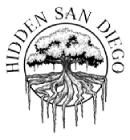


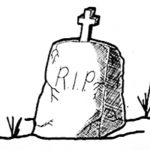


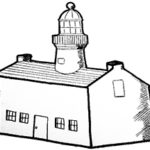













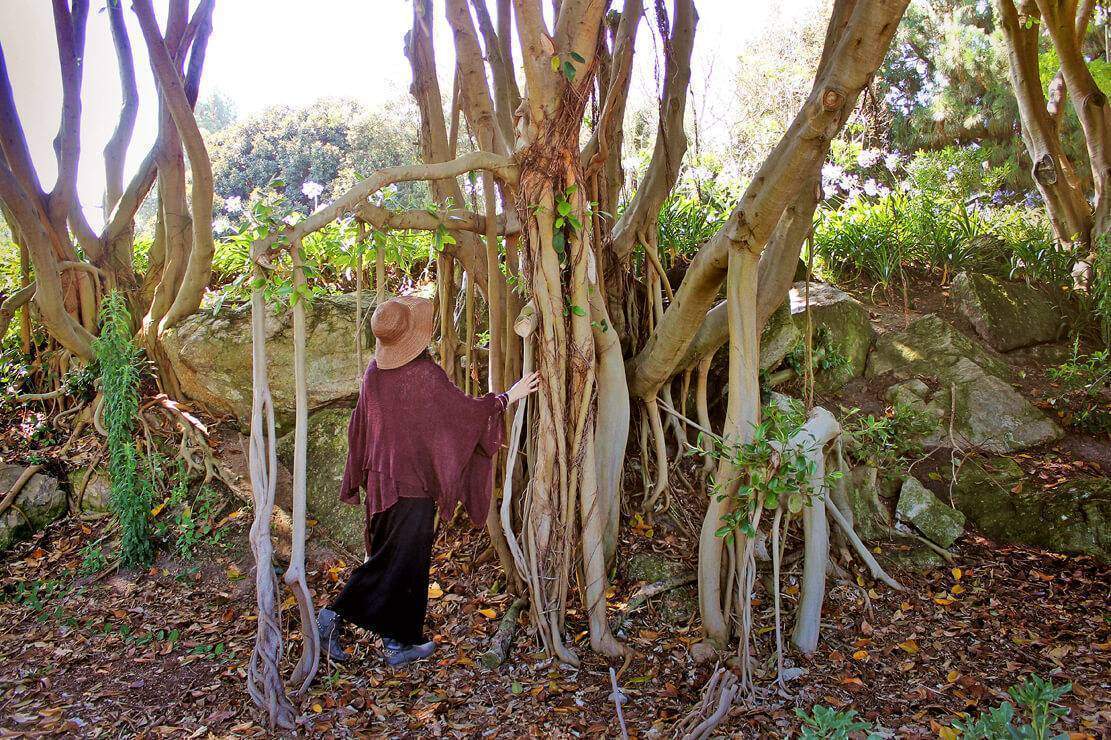
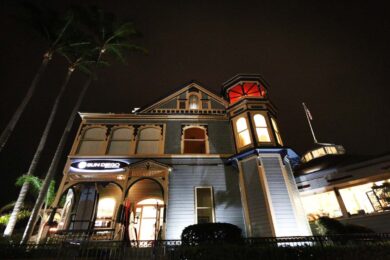
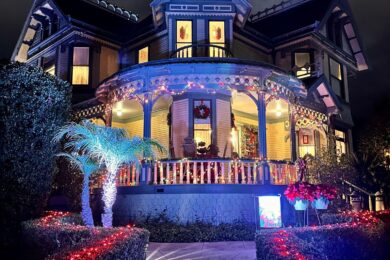
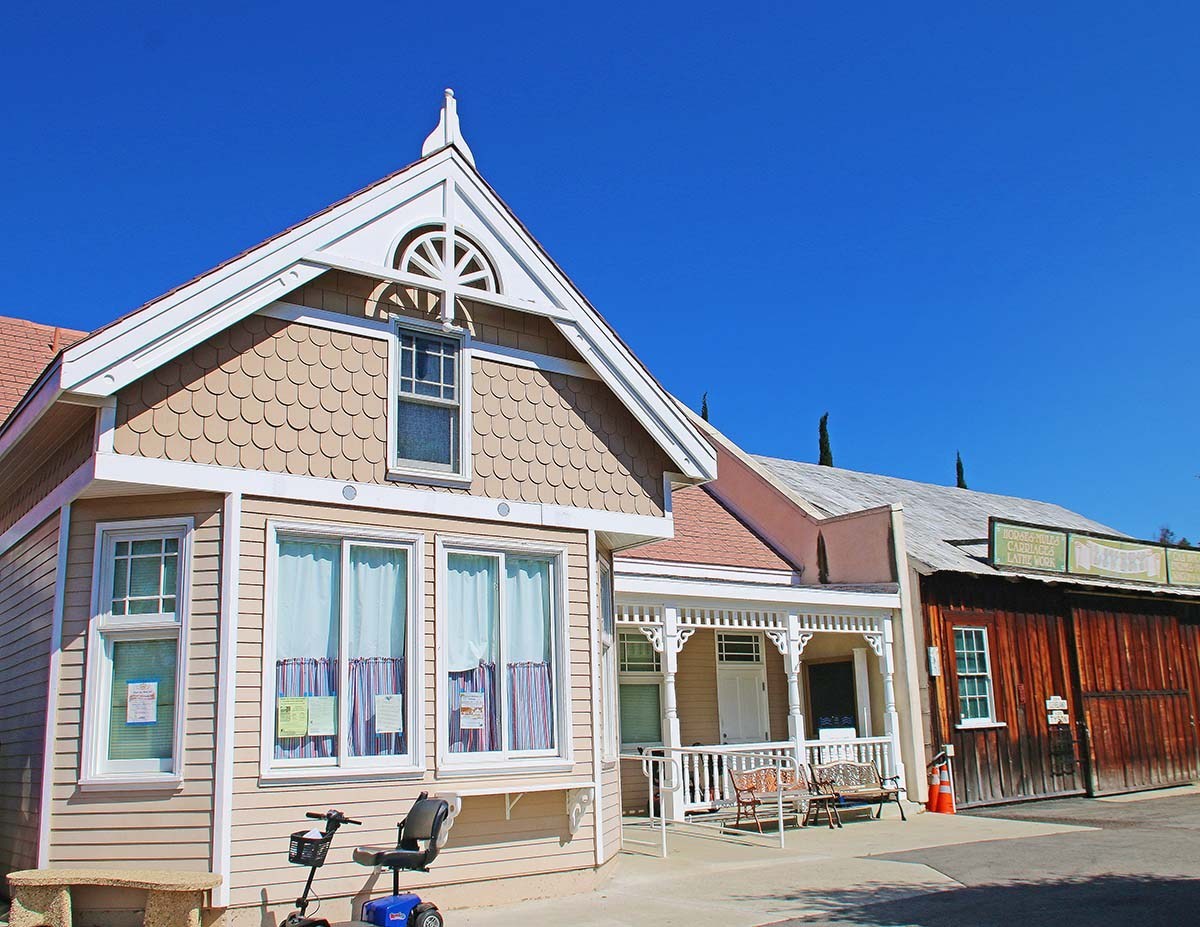
Mary Lou Laramee
We plan to visit end of March and are looking forward to seeing this beautiful Mission.
January 17, 2019